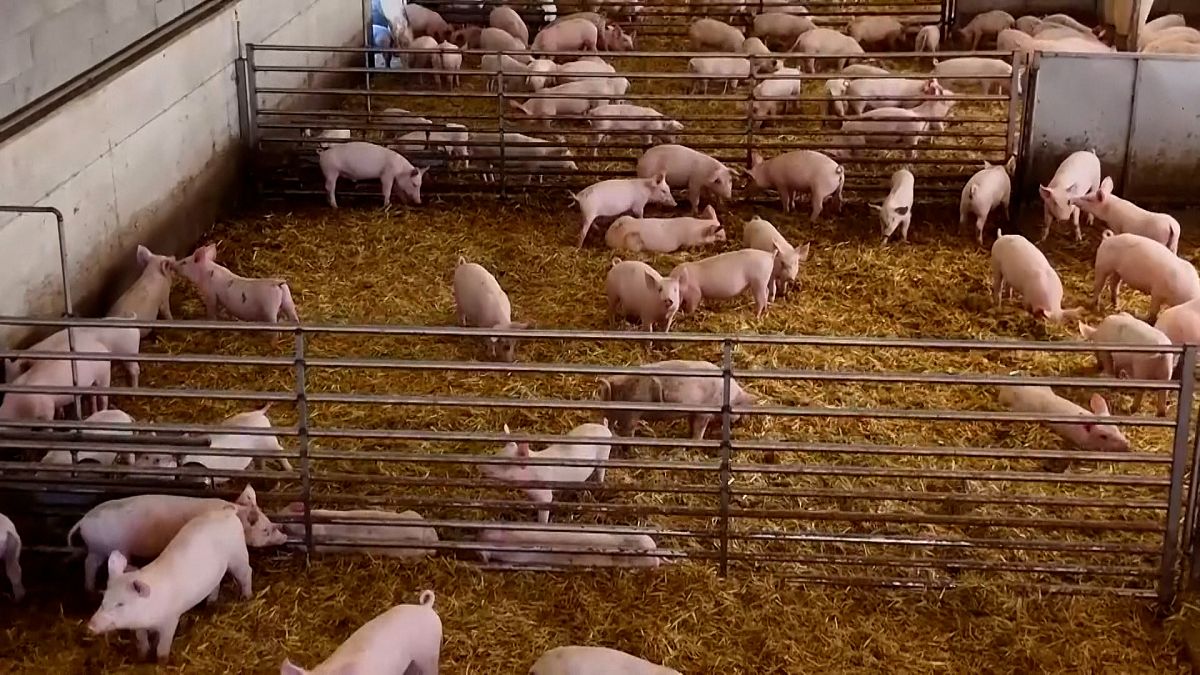Italian authorities were forced to cull nearly 120,000 pigs since swine fever appeared in the country back in January 2022. Now, they have slaughtered three-quarters of those over the past two months.
Swine fever has gripped northern Italian food-producing regions, threatening livelihoods and the production of prized pork products.
In Giovanni Airoli’s farm south of Milan, all 6,200 of his pigs were slaughtered under strict protocols to halt the disease which is threatening Italy’s €20 billion prosciutto, cured sausage and pork products industry.
“It happened to us despite applying all of the safety measures required. There was obviously a failure. We don’t understand what it could have been,” Airoli said of the incident on his farm in the northern Lombardy region.
No one is currently allowed on the farm except for employees who are under strict hygiene protocols to ensure that respiratory disease, which spreads quickly between domestic pigs, does not develop further.
The disease spiked with 24 outbreaks in early September with most cases in Lombardy. The areas of greatest concern are in the areas of Piedmont and Emilia Romagna — regions known for their Parma prosciutto.
The impact of an outbreak extends to farms in a further 23,000 square kilometres, which face restrictions due to the threat posed by potentially infected wild boars in the buffer zone.
The illness usually infects wild boars first before spreading to domestic pigs, for which it is almost always fatal.
Damage to the pork industry is estimated at €500 million so far by power agricultural lobby Coldiretti, who warned that some farmers risk losing their livelihoods.
They calculated the sector generates €20 billion along the supply chain, from farms where the pigs are raised to factories where ham is cured.
The Italian government has appointed a new commissioner to tackle the pandemic over the summer. Giovanni Filippini has imposed restrictions on accessing farms and transferring animals as well as enlarged buffer zones with the measures seemingly having an impact.

